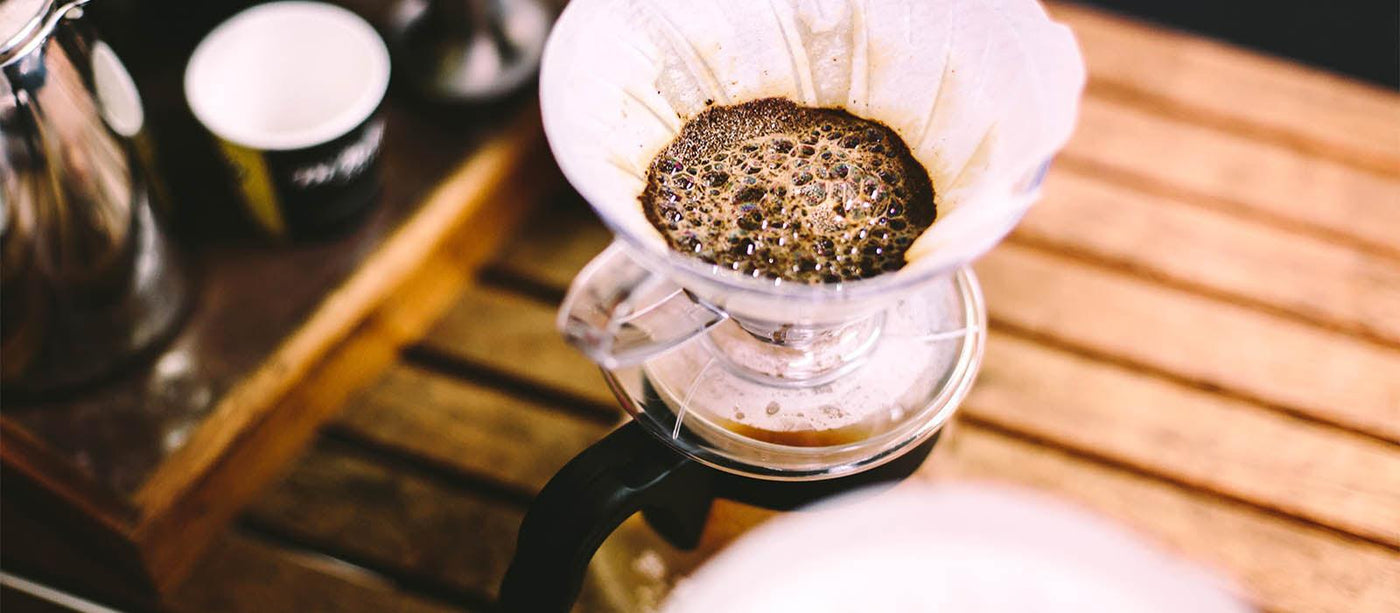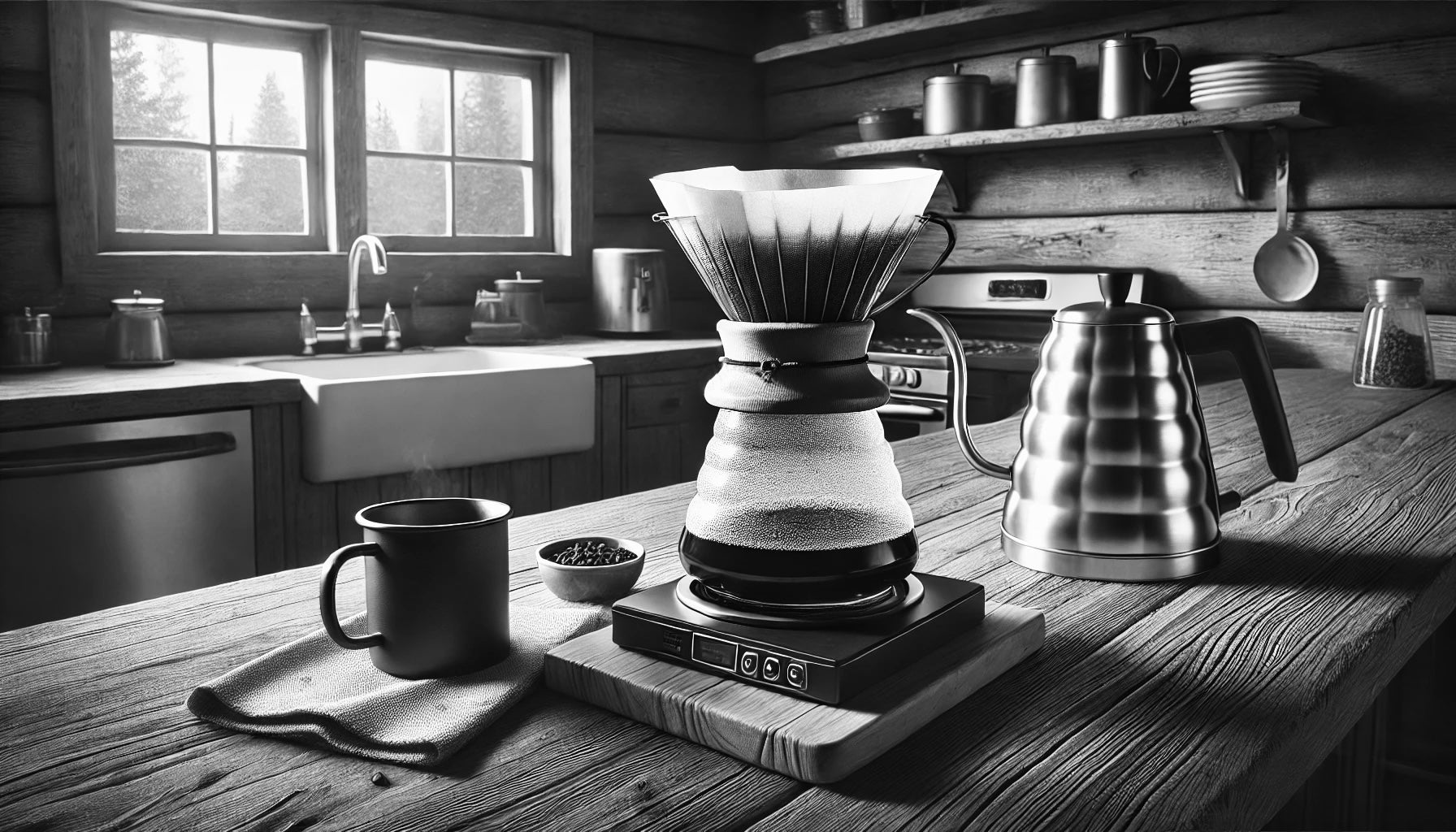Coffee Brewing Methods Debunked: From French Press to Cold Brew
Coffee Brewing Methods Debunked: From French Press to Cold Brew
Blog Article
The Scientific Research Behind Coffee Brewing: Exactly How Temperature Level and Time Affect Your Drink
Comprehending the scientific research behind coffee brewing discloses that temperature and time are not mere variables yet crucial components that determine the drink's taste account and overall quality. As we check out the subtleties of these aspects, the inquiry emerges: just how can one efficiently balance temperature level and time to achieve that perfect mixture?
The Chemistry of Coffee Removal
The chemistry of coffee extraction explores the complex processes that transform raw coffee beans right into the fragrant drink enjoyed worldwide. This makeover mainly includes the solubility of different substances existing in the beans, which are affected by elements such as work dimension, water top quality, and the brewing method employed.
Throughout the developing procedure, warm water functions as a solvent, removing soluble substances, consisting of high levels of caffeine, lipids, acids, and sugars, from the coffee grounds. Each substance adds to the flavor account, aroma, and body of the last drink. Acids are accountable for tangy and brilliant notes, while oils contribute to an abundant mouthfeel.
The first stages of brewing essence acids and sugars, leading to a pleasurable level of acidity, while long term removal can lead to bitterness due to over-extraction of undesirable substances. Comprehending these chemical interactions is critical for optimizing developing techniques, as the equilibrium in between removal time and water temperature level can considerably influence the overall quality of the coffee.
Suitable Brewing Temperatures
Finding the best developing temperature level is important for unlocking the full potential of coffee tastes and scents - coffee brewing methods. Research study shows that the optimum variety for developing coffee exists between 195 ° F to 205 ° F(90 ° C to 96 ° C) Within this array, the extraction process effectively dissolves the desirable soluble compounds in coffee beans, bring about a savory and balanced mug
Developing at reduced temperatures, such as below 195 ° F(90 ° C ), may cause under-extraction, generating a weak and acidic brew with soft tastes. Conversely, developing at temperatures exceeding 205 ° F(96 ° C) can result in over-extraction, producing a severe and bitter taste because of the too much dissolution of unfavorable substances, such as tannins.
Moreover, the perfect brewing temperature level can vary depending upon the coffee bean type and roast degree. Lighter roasts often profit from somewhat higher temperatures to enhance their intricate flavor accounts, while darker roasts may be much better fit to lower temperatures to minimize anger.
Inevitably, keeping accuracy in brewing temperature levels is vital for accomplishing an unified equilibrium of flavors, ensuring that every cup of coffee supplies a satisfying sensory experience.
Influence of Developing Time
Brewing time plays a crucial function in figuring out the flavor account and total top quality of coffee. The removal process, which influences the preference, scent, and body of the drink, is mainly based on for how long the coffee premises touch with water. Shorter brewing times can result in under-extraction, bring about a weak or sour taste, as inadequate soluble substances are dissolved. Conversely, prolonged brewing can result in over-extraction, where unwanted substances are released, resulting in a bitter or astringent preference.
Ideal brewing time varies depending on the approach utilized and the work dimension of the coffee. For circumstances, a French press typically requires about 4 mins, while espresso removal is generally completed within 25 to 30 seconds. It is important to adjust brewing time in conjunction with various other variables, such as water temperature and coffee-to-water proportion, to achieve the preferred flavor account.
Comprehending the effect of developing time allows coffee fanatics to refine their brewing methods, eventually boosting the sensory experience of their cup (coffee brewing methods). With cautious interest to this variable, one can unlock the full capacity of the coffee, revealing its unique features and nuances
Brewing Methods and Their Impacts

For example, approaches like French press and cold brew enable a much longer steeping time, leading to a fuller body and robust taste because of increased removal of oils and soluble solids. Alternatively, coffee brewing makes use of high pressure and a shorter removal time, creating this page a concentrated shot that stresses intense tastes and a rich crema.
Pour-over methods, such as Chemex or V60, offer an even more controlled removal procedure, enabling the maker to control flow rate and water distribution, which can enhance illumination and clarity. At the same time, percolation approaches cycle water with the coffee grounds numerous times, leading to a stronger, typically bitter flavor.
Finally, making use of paper filters versus metal filters can also affect the final preference; paper filters typically produce a cleaner cup by capturing oils and great particles, while metal filters allow more oils to pass through, adding to a fuller mouthfeel - coffee brewing methods. Recognizing these subtleties can elevate the coffee experience significantly
Tips for Refining Your Mixture
A well-executed mixture can change even the most basic coffee right into an exceptional experience. Grind the beans simply prior to making to maximize freshness, ensuring the grind size matches your brewing method-- coarser for French press and finer for espresso.
Water top quality plays a vital duty; usage filtered water without impurities. The perfect brewing temperature level ranges in between 195 ° F and 205 ° F(90 ° visit this site right here C to 96 ° C ) As well warm can scorch the coffee, while also awesome might under-extract tastes.
Timing is equally important. For immersion methods, steeping for 3 to 5 minutes is optimal, whereas drip approaches usually take around five mins. Try out mixture times to find your preferred toughness.

Verdict
In recap, the intricate relationship between temperature and time is paramount in the coffee developing process. Complying with optimal brewing temperature levels between 195 ° F and 205 you could try these out ° F, alongside accurate timing tailored to every approach, ensures the wanted taste account is accomplished. Comprehending these scientific principles equips individuals to refine their brewing techniques, inevitably causing an extra pleasurable and well balanced coffee experience. Proficiency of these variables is crucial for any type of coffee fanatic looking for quality in their beverage.
Comprehending the scientific research behind coffee developing discloses that temperature and time are not mere variables but critical aspects that dictate the drink's flavor account and overall quality. Recognizing these chemical interactions is important for enhancing brewing techniques, as the balance between removal time and water temperature can dramatically influence the total top quality of the coffee.Developing time plays a critical duty in establishing the flavor account and total top quality of coffee. By concentrating on these components-- bean top quality, grind size, water temperature, soaking time, and ratio-- you can elevate your coffee developing process, resulting in a consistently remarkable cup.
In summary, the intricate relationship between temperature and time is vital in the coffee brewing procedure.
Report this page